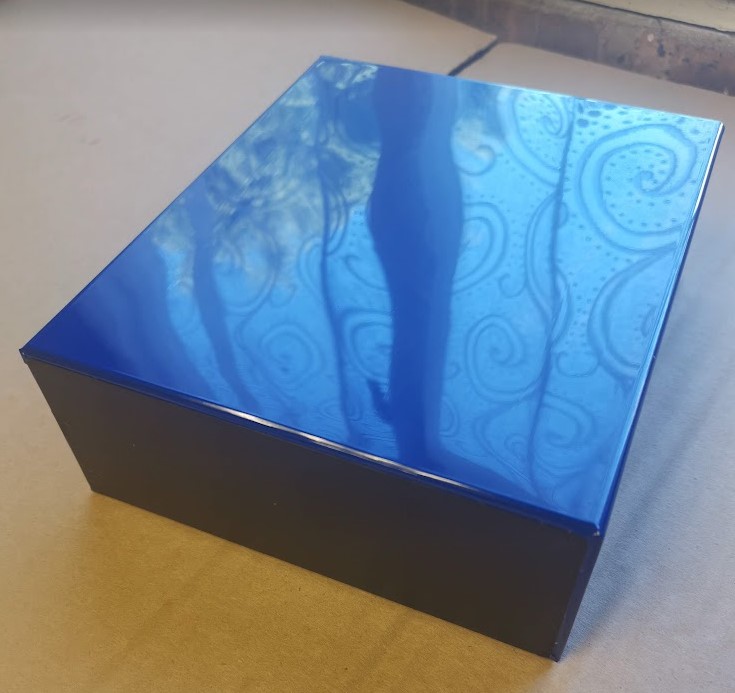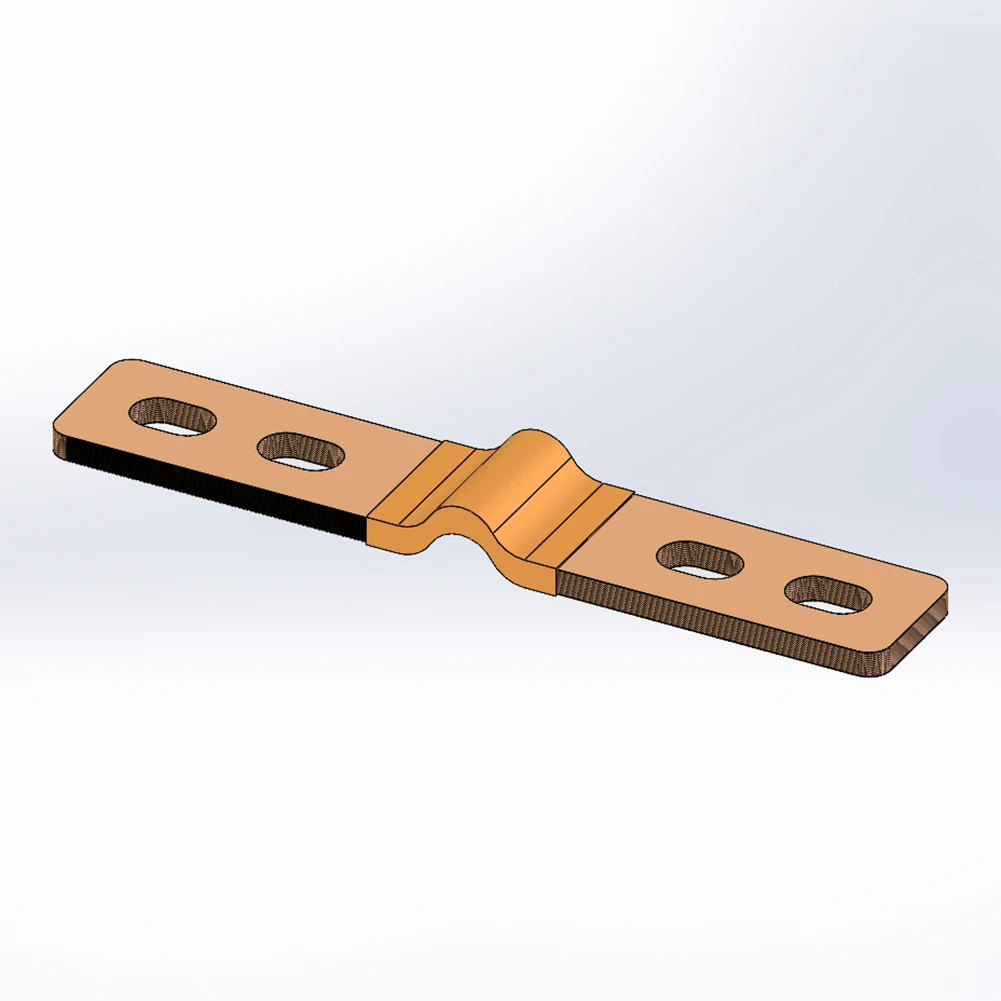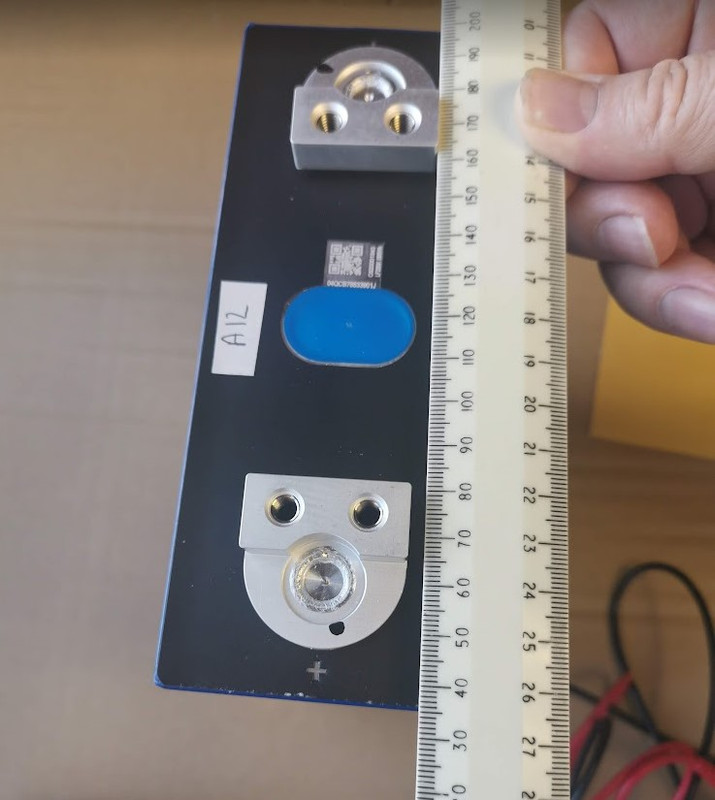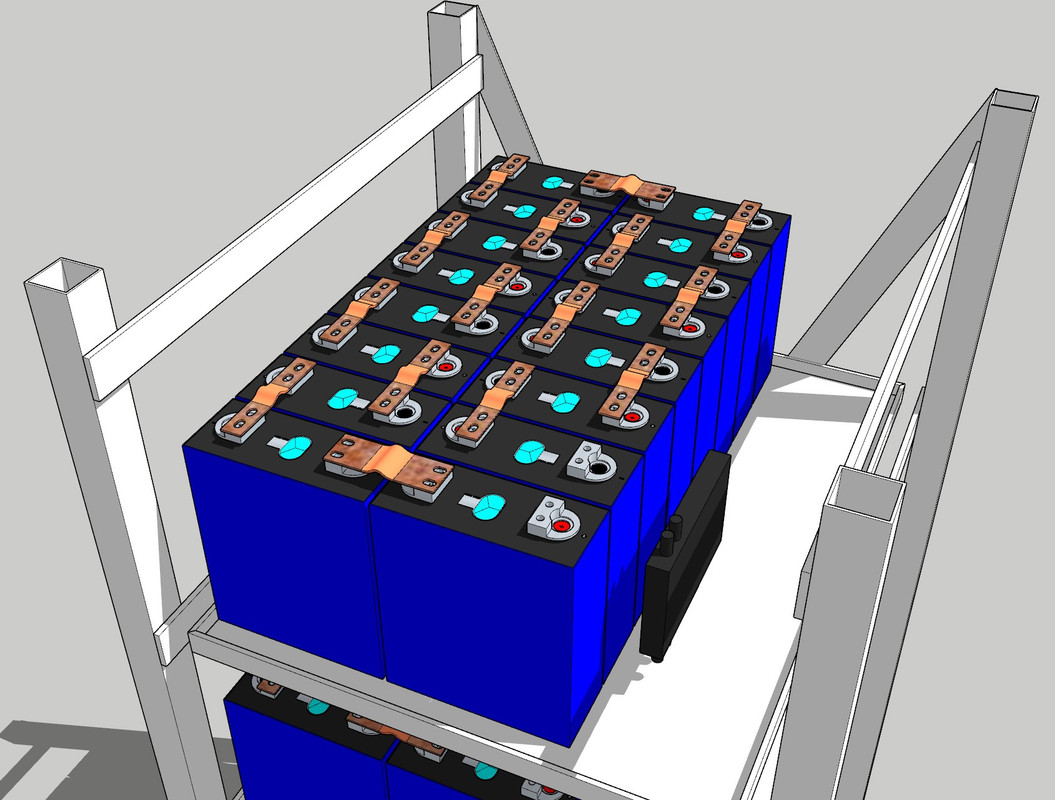You are using an out of date browser. It may not display this or other websites correctly.
You should upgrade or use an alternative browser.
You should upgrade or use an alternative browser.
Ronski's Solar & battery DIY build with whole house backup
- Thread starter Ron-ski
- Start date
More options
Thread starter's postsItems ordered so far:
I've taken a Victron drawing and modified it to show what I'm aiming to achieve. The bypass switch is just a means to bypass the inverter, if it stops working the whole house loses power, so I need an easy way to bypass it.

- 16 EVE LF280K - arriving tomorrow apparently
- JK BMS B2A20S20P-CAN
- 2.5" touchscreen for BMS
- Digital YR1035 Lithium Battery Internal Resistance/Impedance Tester
- EBC-A40L High Current Lithium Power Battery Capacity Tester
- 43 meters of 25mm 3 core SWA
- Wylex 100amp fused switch DSF100M
I've taken a Victron drawing and modified it to show what I'm aiming to achieve. The bypass switch is just a means to bypass the inverter, if it stops working the whole house loses power, so I need an easy way to bypass it.

Thanks for the info, I may do this for a second set, I suppose the K series hasn't been around long enough to end up with old batteries?
Mine was made feb of this year.
Use a app called LifePoQR Battery QR scanner.
Point your phone at the laser etched markings and it should tell you everything.
If no laser markings. Then they are fake rubbish.
Mine was made feb of this year.
Use a app called LifePoQR Battery QR scanner.
Point your phone at the laser etched markings and it should tell you everything.
If no laser markings. Then they are fake rubbish.
@deuse What Terminals type did yours come with, the new 2 hole of the older welded post ?.
I'm waiting for another 8 to arrive.
How are you going to load manage your home PV vs your garage PV and battery?
The system in your house will presumably see the supply from the garage as if it were the grid, whereas the system in the garage will just see reduced load on the supply side when house PV is producing, but what happens when house PV production is greater than house load? Ideally in that scenario your garage batteries would charge from AC.
The system in your house will presumably see the supply from the garage as if it were the grid, whereas the system in the garage will just see reduced load on the supply side when house PV is producing, but what happens when house PV production is greater than house load? Ideally in that scenario your garage batteries would charge from AC.
Cells have arrived, couldn't get my phone to scan the code, but once I worked out I needed to enter both numbers together manual entry worked.
Eve LF280K
Date: 2/6/2022
City: Jingmen
There's various other info as well.
No idea if the date is June or February.
Packaging has been updated for the new terminals.
Eve LF280K
Date: 2/6/2022
City: Jingmen
There's various other info as well.
No idea if the date is June or February.
Packaging has been updated for the new terminals.
@Ron-ski there are a couple of the JK BMS (used) on Ebay , same as the one you have on order, seller is taking offers.
might be worth a low offer , if you don't fancy waiting for yours to arrive from CN to get up and running.
, if you don't fancy waiting for yours to arrive from CN to get up and running.
might be worth a low offer
 , if you don't fancy waiting for yours to arrive from CN to get up and running.
, if you don't fancy waiting for yours to arrive from CN to get up and running.@deuse What Terminals type did yours come with, the new 2 hole of the older welded post ?.
I'm waiting for another 8 to arrive.
I had the welded 6mm threaded post.
You will need these https://www.amazon.co.uk/6mm-Nyloc-...ts&qid=1660913701&sprefix=nyloc,aps,81&sr=8-8
And some flat washers. Do not over tighten. Do not use normal nuts.
Cells have arrived, couldn't get my phone to scan the code, but once I worked out I needed to enter both numbers together manual entry worked.
Eve LF280K
Date: 2/6/2022
City: Jingmen
There's various other info as well.
No idea if the date is June or February.
Packaging has been updated for the new terminals.
That's the 6th of Feb 2022
I've checked 7 of the cells in total, and they are all 6th of Feb 2022. I'll check and log all of them tomorrow.
When the house PV production is greater than the house load the Victron inverter will use the excess to charge the batteries, once the batteries are full the excess will be exported.
Another scenario we need to consider is in the event of a grid failure, the suns shining brightly, theres low house load and the batteries being fully charged. The house PV will keep producing power as it still see's grid voltage from the Victron, in this the scenario the Victron inverter can alter the frequency, once it hits 52.5Hz the Soleredge inverter will turn off, well this is what I've been told, so hopefully that's how it will work. Newer Soleredge inverters can actually regulate their output as the frequency rises, whereas the older ones are either on, or off.
How are you going to load manage your home PV vs your garage PV and battery?
The system in your house will presumably see the supply from the garage as if it were the grid, whereas the system in the garage will just see reduced load on the supply side when house PV is producing, but what happens when house PV production is greater than house load? Ideally in that scenario your garage batteries would charge from AC.
When the house PV production is greater than the house load the Victron inverter will use the excess to charge the batteries, once the batteries are full the excess will be exported.
Another scenario we need to consider is in the event of a grid failure, the suns shining brightly, theres low house load and the batteries being fully charged. The house PV will keep producing power as it still see's grid voltage from the Victron, in this the scenario the Victron inverter can alter the frequency, once it hits 52.5Hz the Soleredge inverter will turn off, well this is what I've been told, so hopefully that's how it will work. Newer Soleredge inverters can actually regulate their output as the frequency rises, whereas the older ones are either on, or off.
Yes the bottoms of the cells are still covered.

All the cells are physically good, there is no damage, only thing I have noticed is the terminals are welded on slightly crooked, some are worse than others though. I don't think this will cause any issues, as there is some leeway in the supplied busbars, but I may well use these flexible busbars - need to check hole spacing.
I've measured the voltage, and every cell is 3.295v, can't carry out any other checks as I don't have the equipment yet.

 www.aliexpress.com
www.aliexpress.com


All the cells are physically good, there is no damage, only thing I have noticed is the terminals are welded on slightly crooked, some are worse than others though. I don't think this will cause any issues, as there is some leeway in the supplied busbars, but I may well use these flexible busbars - need to check hole spacing.
I've measured the voltage, and every cell is 3.295v, can't carry out any other checks as I don't have the equipment yet.

BusBar Flexible M6 Connection Copper Plate LF280 DIY 3.2V 280Ah 12V 24V 48V LF280K LiFePO4 Battery Cell Connection Plate BusBars - AliExpress 44
Smarter Shopping, Better Living! Aliexpress.com

Cheers, glad to see they are still covered, I take it they arrived with a set of busbars?
This is where I get my cable from, very good quality and very flexible.
He has a lot of choice in sizes I tend to use 25mm Sq.

This is where I get my cable from, very good quality and very flexible.
He has a lot of choice in sizes I tend to use 25mm Sq.

SWP 1007 25MM SQ HIGH FLEXIBLE WELDING CABLE BLACK 200 AMPS RATED 5 MTR | eBay
5 MTR COIL. BLACK WELDING CABLE. 35MM SQUARED SINGLE INSULATED.
www.ebay.co.uk
I'm watching this thread with great interest as it's something I've contemplated doing for a while although in my case it would be a single battery system with or maybe without solar.
The batteries you've chosen look to be a good option.
Are you using 16 batteries, you mentioned 8 were for someone else however I was unsure if you already had another 8?
What is the situation with inverters like the Victron if there is a power cut and you pull more current than they can supply. Do they just trip out?
The other thing I'm interested in is just what is needed from the electricians point of view and if they will be happy signing off something that is homebrew instead of an off the shelf solution.
I look forward to the updates.
The batteries you've chosen look to be a good option.
Are you using 16 batteries, you mentioned 8 were for someone else however I was unsure if you already had another 8?
What is the situation with inverters like the Victron if there is a power cut and you pull more current than they can supply. Do they just trip out?
The other thing I'm interested in is just what is needed from the electricians point of view and if they will be happy signing off something that is homebrew instead of an off the shelf solution.
I look forward to the updates.
I've ordered 16, someone else in the thread ordered 8 for themselves and 8 for someone else.
One thing to consider if just going for battery storage is payback time, say you have a 14kwh battery, you fully charge it off peak at 7.5p per kWh, that costs you £1.05 to charge it, at the current rate, if you used that 14kwh instead of paying 30p per unit, it would save you £3.15. Probably easier to calculate pay back time though.
If you have a power cut, and draw more power than the inverter can supply it will trip and need resetting, which just means during a power cut you'll have to be careful, only problem I can foresee is unless you set up some kind of warning you wouldn't know there was a power cut.
As for the electrician, mine has said I can do the DC stuff, but he has to do the AC side of it, the tricky part is finding one thats OK doing that, and most don't get involved in solar, and most solar firms want to do a full install, be that just battery or battery and solar, and they want to fit what they want, not what the customer wants. If you're installing just a battery then you only need Part P certification, if you want paying for export currently you need MCS certification, and you only normally get that with a full install.
I've drawn the cell's and busbars, currently they don't seem to make the two that go across the pack - I'll probably need to crimp my own cable for that, or use solid ones. I've uploaded the cell to Sketchup warehouse, just search Eve LF280K.
PS If anybody spots an error in my cells order let me know - I think its correct.

One thing to consider if just going for battery storage is payback time, say you have a 14kwh battery, you fully charge it off peak at 7.5p per kWh, that costs you £1.05 to charge it, at the current rate, if you used that 14kwh instead of paying 30p per unit, it would save you £3.15. Probably easier to calculate pay back time though.
If you have a power cut, and draw more power than the inverter can supply it will trip and need resetting, which just means during a power cut you'll have to be careful, only problem I can foresee is unless you set up some kind of warning you wouldn't know there was a power cut.
As for the electrician, mine has said I can do the DC stuff, but he has to do the AC side of it, the tricky part is finding one thats OK doing that, and most don't get involved in solar, and most solar firms want to do a full install, be that just battery or battery and solar, and they want to fit what they want, not what the customer wants. If you're installing just a battery then you only need Part P certification, if you want paying for export currently you need MCS certification, and you only normally get that with a full install.
I've drawn the cell's and busbars, currently they don't seem to make the two that go across the pack - I'll probably need to crimp my own cable for that, or use solid ones. I've uploaded the cell to Sketchup warehouse, just search Eve LF280K.
PS If anybody spots an error in my cells order let me know - I think its correct.

if you want paying for export currently you need MCS certification
That is actually not strictly true, you can use 'alternative' certification as MCS isn't a legal requirement, as per the Ofgem rules and SEG licencees are deemed to be able to accept other standards. Check the Ofgem "Guidance_for_seg_licensees_final.pdf" section 4.6, 4.7 and 4.8.
Negotiating with the SEG licensee is easiest done with a G99 system though, as you'll get certification from the DNO which you can argue is acceptable for export if it is acceptable for connecting the equipment to the network, especially as the requirement for a smart meter (for SEG) now means they have a guaranteed correct export figure.
Obviously you need to chose wisely but Octopus have accepted customers without MCS on new systems via their SEG team, and the relevant documentation being provided to show the system is compliant.



